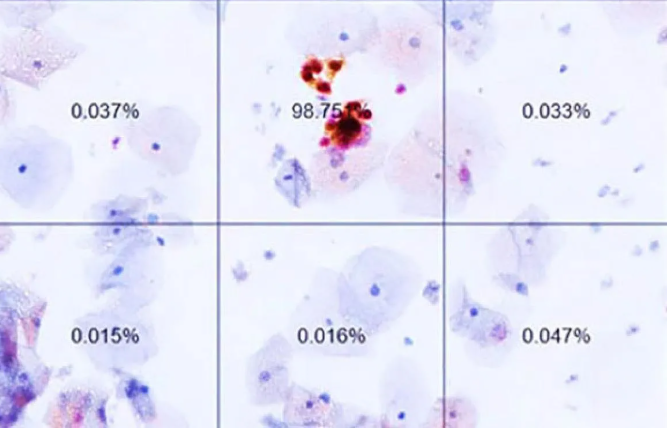Prototype AI Program Detects Biomarkers that Could Predict Cervical Cancer Risk
, by Brittany Cordeiro, B.A.
The NIH Blog, I am Intramural, recently featured research on a prototype artificial intelligence (AI) algorithm that can review biomarker samples and detect cancer-promoting cells. The approach could help clinicians detect cervical changes and precancer more quickly and accurately.
The research is led by Senior Investigator Nicolas Wentzensen, M.D., Ph.D., head of the Clinical Epidemiology Unit in the Clinical Genetics Branch (CGB). Dr. Wentzensen and his team studied two proteins, p16 and Ki-67, that become highly abundant in cervical cells infected with HPV types that cause cancer. Their AI program reviewed dual-stain test samples to detect the proteins.
Read the I am Intramural Blog post, entitled, “Leveraging AI To Combat Cervical Cancer.”
